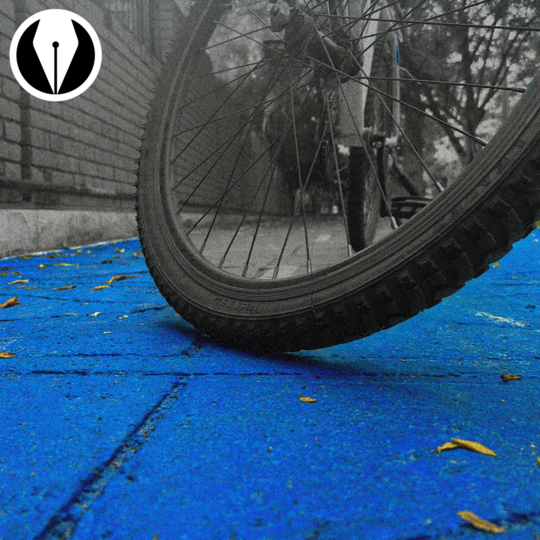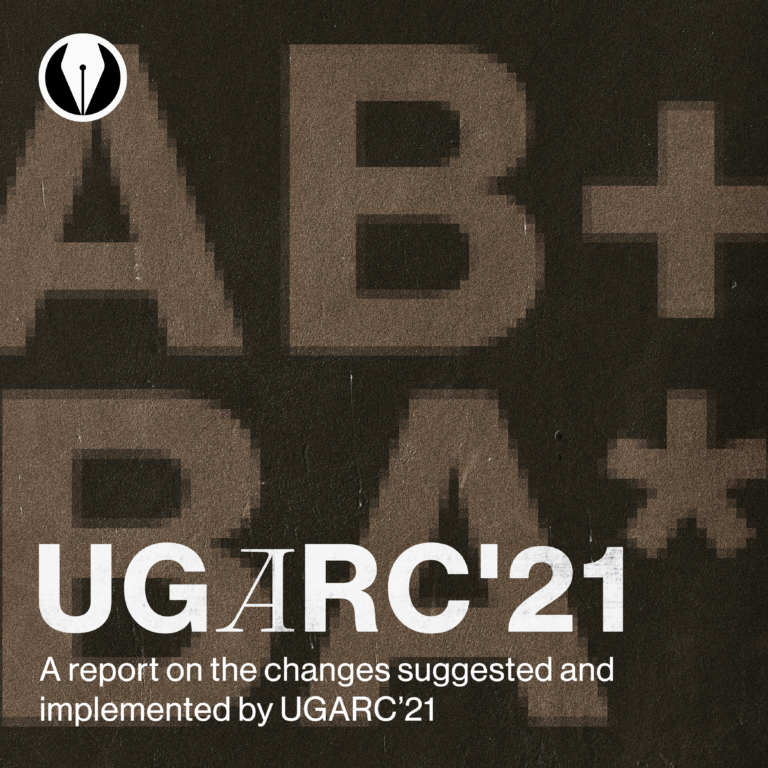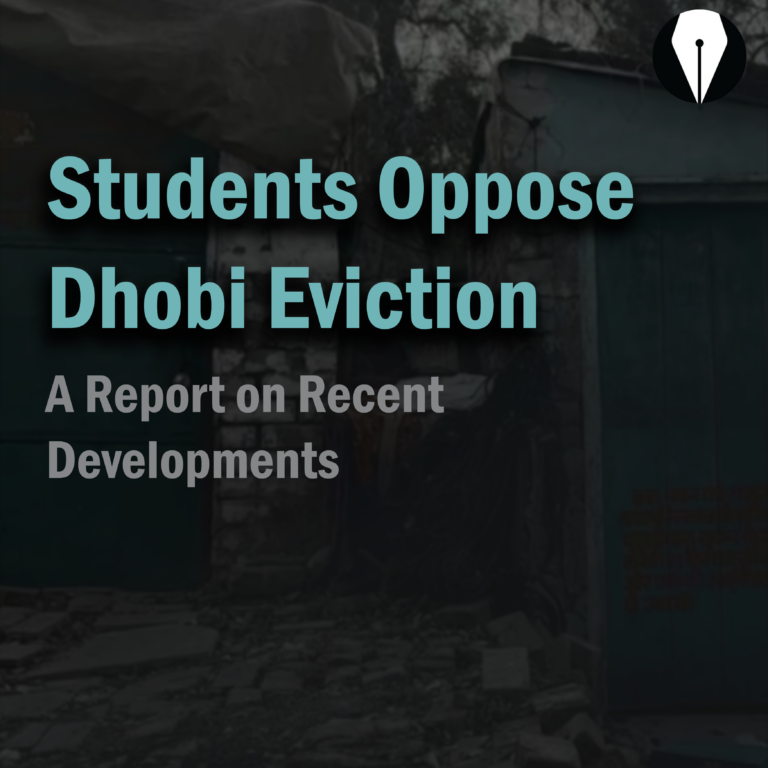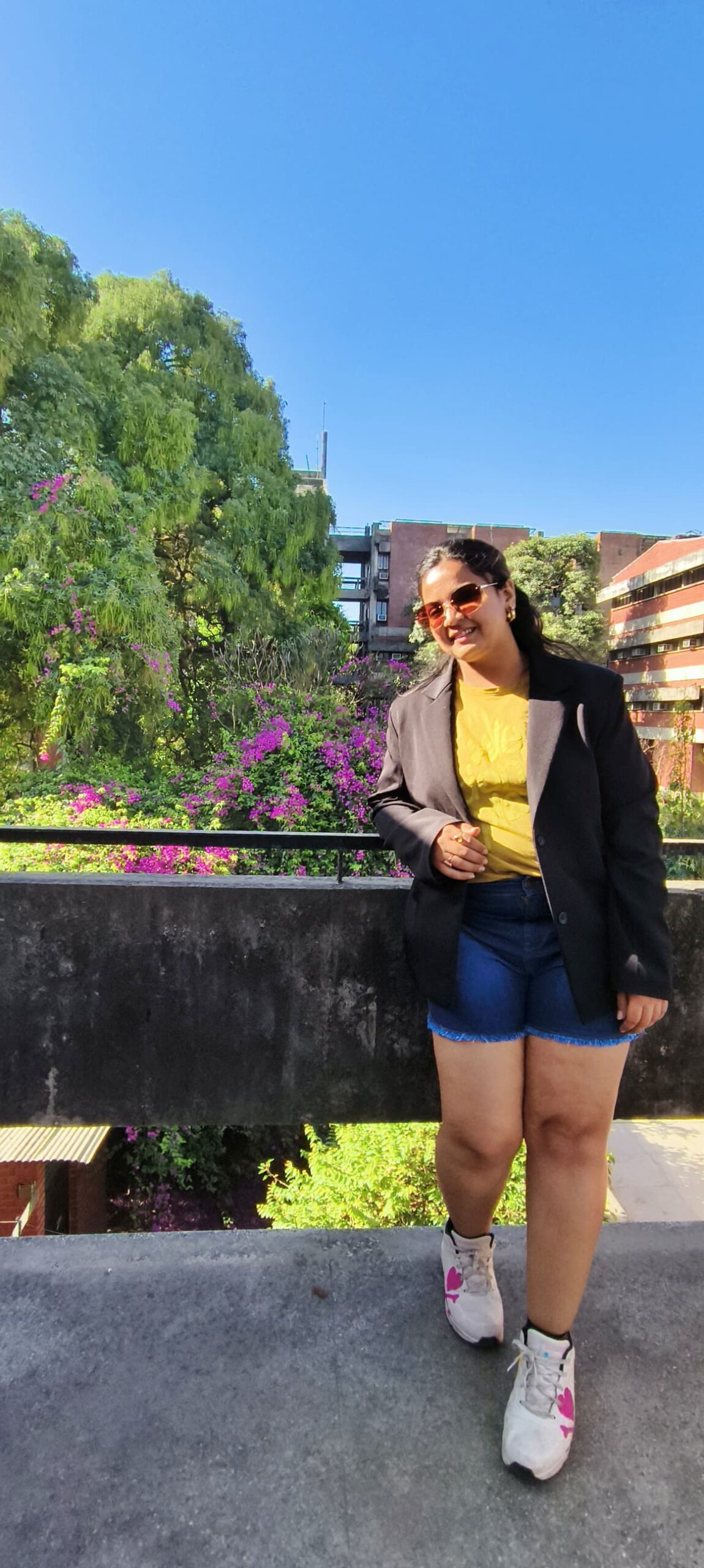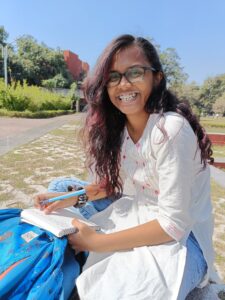In November last year, many wondered, paddling down at the sight of chopped trees along the roadside, speculating what was coming up. However, it wasn’t long before everyone could trace that the campus was getting a cycle track, a separate lane for the bicyclists to paddle on.
The track soon found its way into discussions at student gatherings, with various questions loitering the atmosphere. So we at Vox decided to investigate and answer the campus community’s intriguing questions on the cycle track’s construction.
Why was it constructed?
The project was undertaken to ensure the safety of users as per the latest policy and norms set by the Board of Governors of IITK1. The official motive behind the construction of cycle tracks was to safeguard minor children (comprising majorly of school students) from getting involved in an accident due to merging and diverging activities by cyclists and to ensure cycle users’ safety and ease.
The Cost Incurred?
Contrary to the rumoured notion of being alum funded, the track was constructed using a dedicated budget sanctioned by the institute. The institute spent one crore forty-six lakh rupees2 on the cycle track, which was constructed in four major sections.
The contractor is liable for the construction maintenance for one year, after which the zonal in charge of respective zones will maintain the cycle tracks.
(IIT Kanpur’s area is divided into multiple zones for effective management)
We also tried to get the administration’s view regarding the construction of the cycle track. However, we are still waiting to receive a response to our emails from the Dean of Infrastructure and Planning (DoIP).
Post Construction
While the newly constructed cycle track benefits the student community by providing alternate paths, shortcuts, and ambient experience, as well as a saviour from the scorching sun’s heat, it also apparently helps reduce the number of accidents.
However, the bright blue colour of the cycle track, though drawing attention, is in stark contrast with the ambience of the campus. Additionally, the requirement of cutting trees for construction have raised environmental concerns.
Several hindrances on the path, including the natural growth over the track, pose a safety risk for cyclists, especially at night.
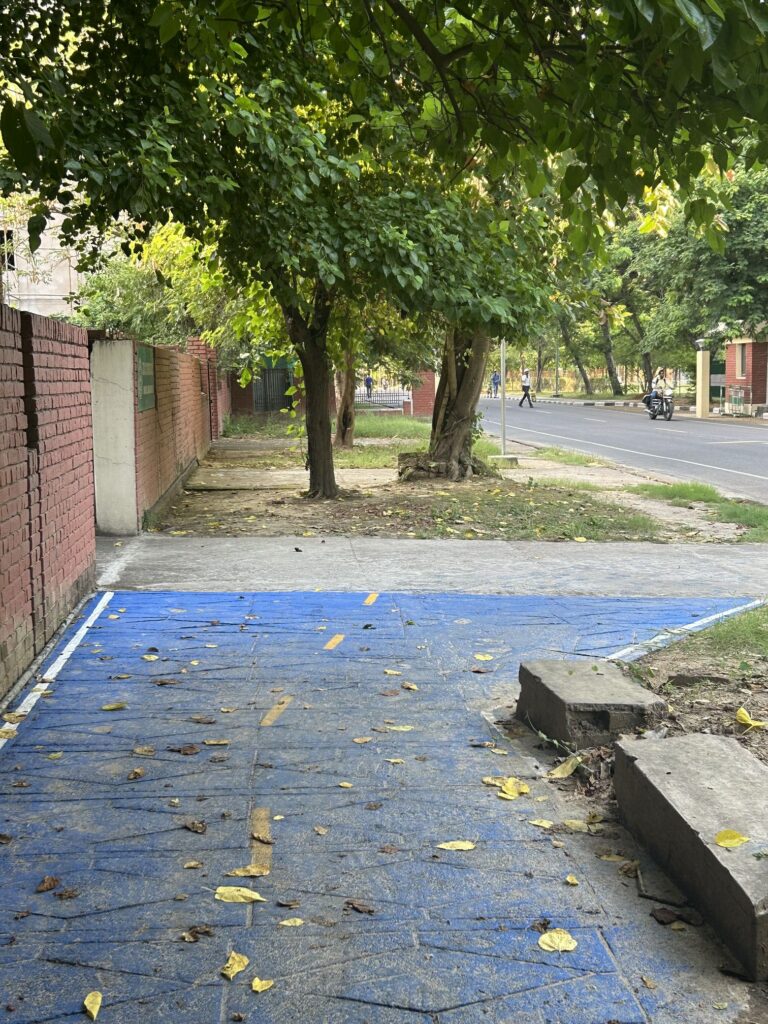
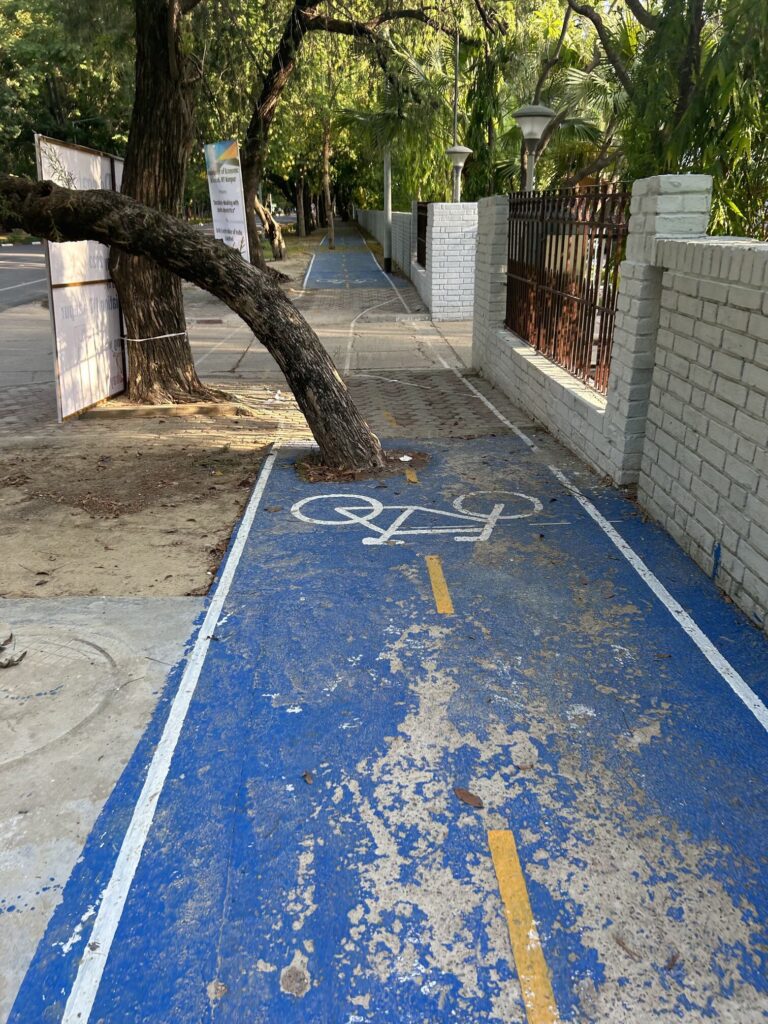
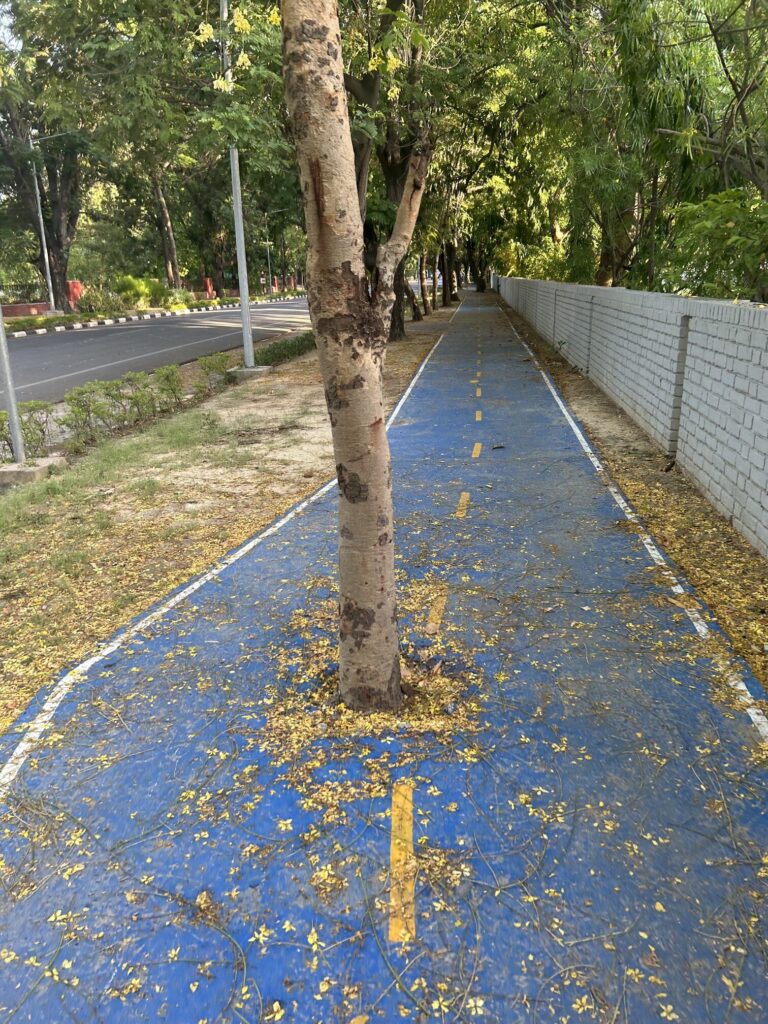
The unanswered Questions
Despite the administration’s arguments, many questions still need to be answered. In an institute where bicycles are the primary mode of commute, providing a separate track for the same is still an alien concept for the students to digest. The effectiveness of the track can easily be judged by the number of its users and manner of use. With the hanging twigs and branches over the way, insufficient openings to the main road, lack of proper lighting and dissection at places discourages cyclists and has become an attractive choice for pedestrians.
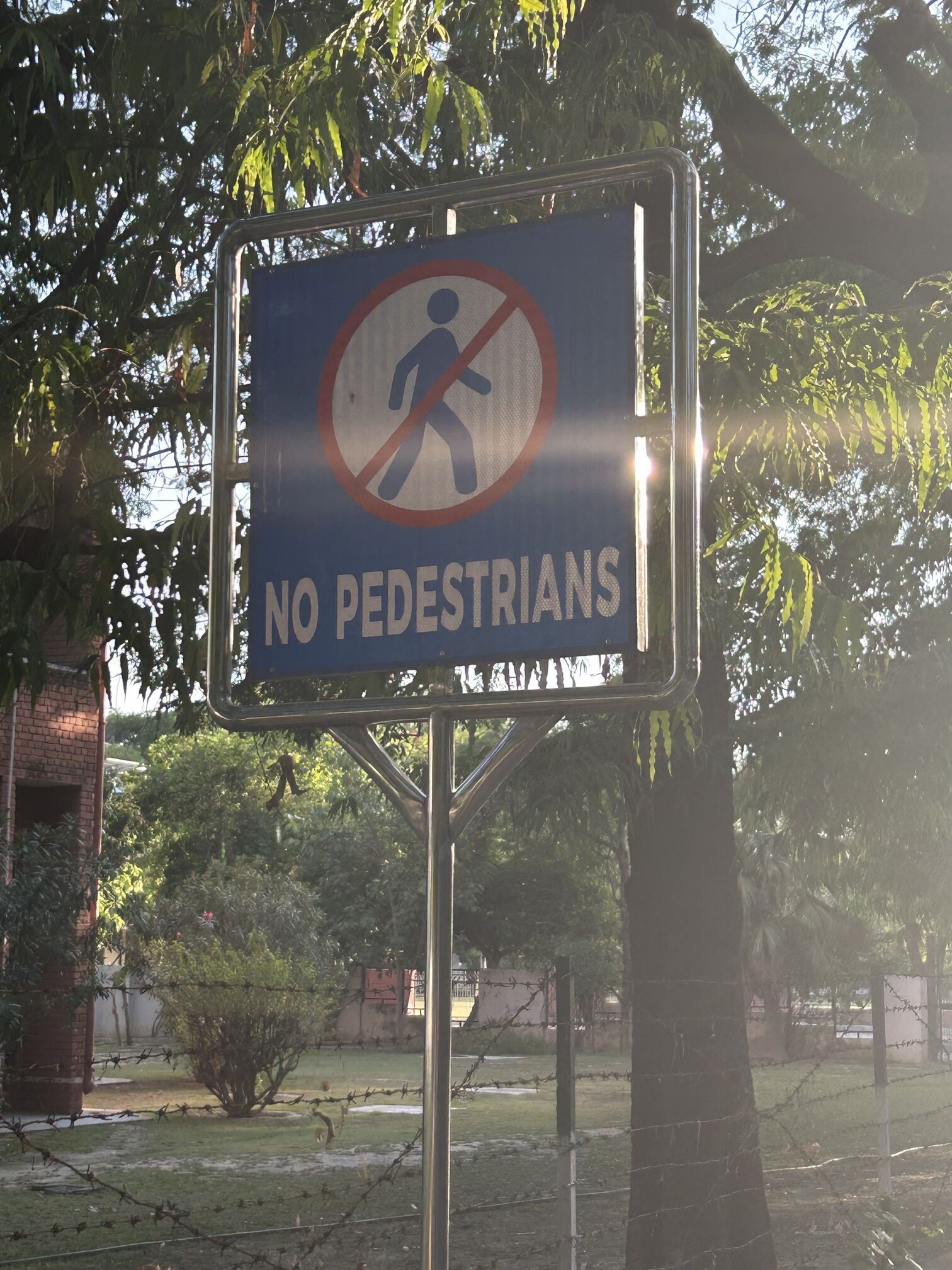
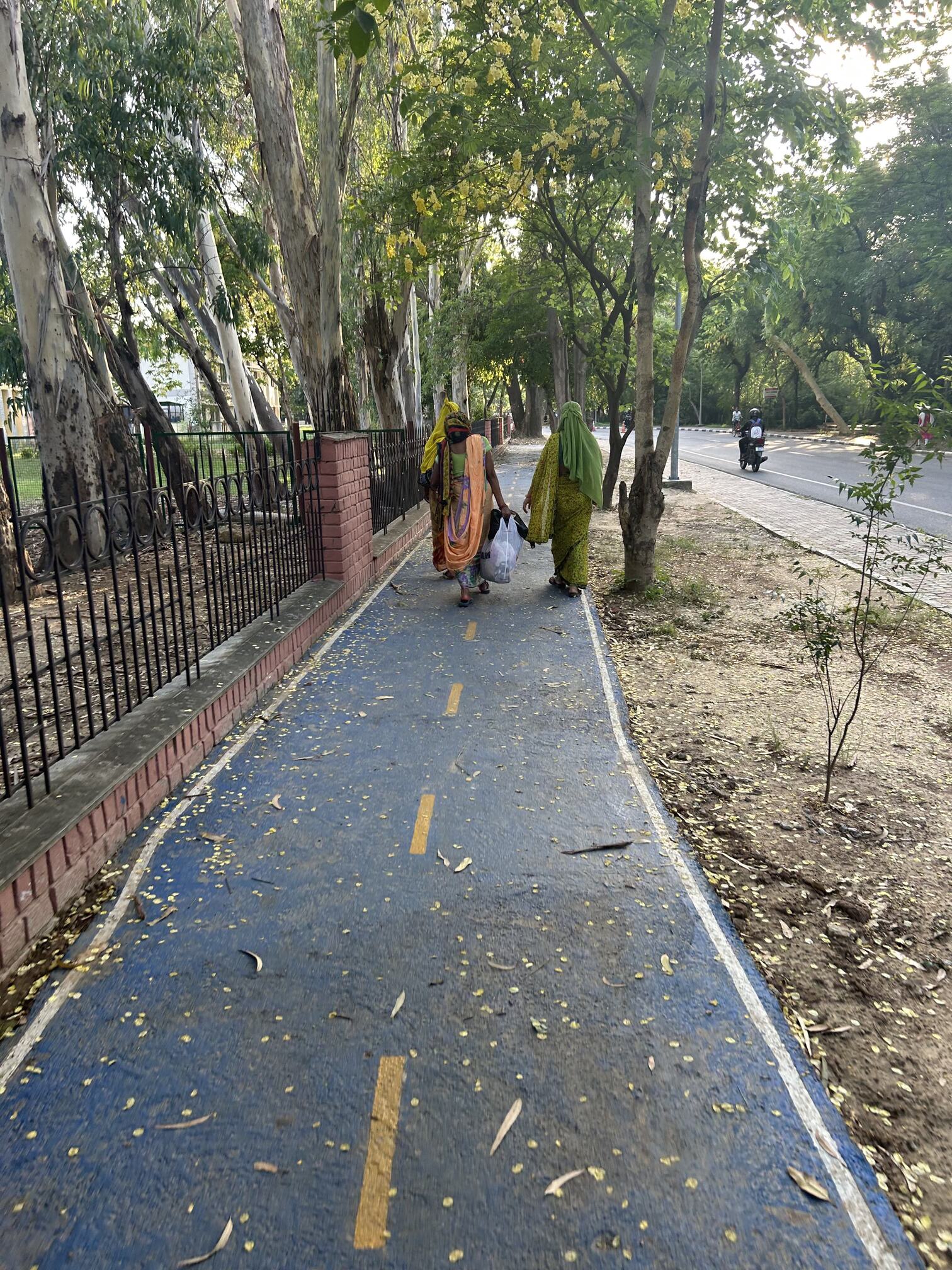
There is even more concern about the institute’s priority in fund allocation. While the maintenance of halls, critical for students’ security, keeps delaying owing to a lack of funds, a large sum of money is spent on the cycle track. The seriousness of the amount spent here can be gauged by the fact that Halls at IITK, on average, receive a fund of around three lakhs* for maintenance, which, too, has reduced significantly over the past few years.
*may vary from Hall to Hall


We should also recognize that only a handful of people on the campus knew of the cycle track’s construction, depicting limited inclusion of the campus community in the decision-making. Nonetheless, since the cycle track now adds to one of the campus community’s key facilities, we can hope for a more efficient commute and fewer accidents.
Written By: Anuj Gargya, Mrunmay Suryawanshi, Sruthi Subramanian
Edited By: Khush Khandelwal, Utkarsh Agrawal
Design By: Atharv Jiwane, Mrunmay Suryawanshi
References
Tendor document 1: https://www.iitk.ac.in/iwd/file/2022/26-C-D3-2022-23/Tenderdocument.pdf
Tendor document 2:
https://www.iitk.ac.in/iwd/file/2022/25-C-D3-2022-23/Tenderdocument.pdf
Tendor document 3:
https://www.iitk.ac.in/iwd/file/2022/21-C-D3-2022-23/Tenderdocument.pdf
Tendor document 4:
https://www.iitk.ac.in/iwd/file/2022/20-C-D3-2022-23/Tenderdocument.pdf



